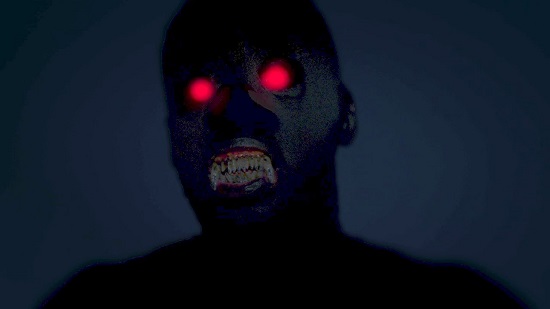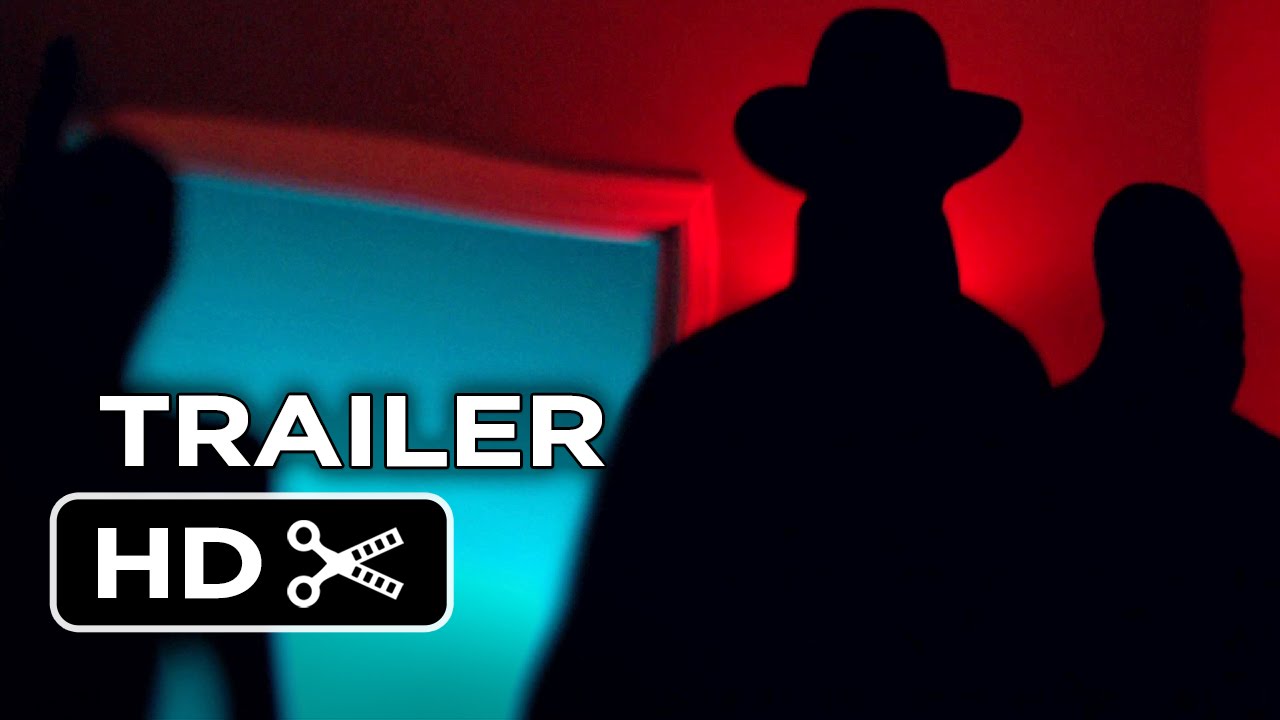A lot of people enjoyed 2012’s Room 237, a Kickstarter-funded documentary about Kubrick’s The Shining and a group of bedroom cinephiles whose overlapping theories about the film’s true meaning jostle to compete for the title of most implausible and then, as the film gradually draws the viewer in, most convincing.
The Nightmare, director Rodney Ascher’s equally enjoyable follow-up, takes a similar multi-subject format to delve into the heady world of sleep paralysis, the phenomenon whereby a person awakens to find themselves frozen in their bed, unable to move, speak or, occasionally, breathe. Worse still, extreme paralysis is characterised by terrifying and terrorizing hallucinations, something the eight interviewees whose experiences make up this film amply attest to: their talking-head anecdotes are intercut with stagey reconstructions replete with shameless cattle-prod scares.
As with Room 237, each subject has his or her own theory about what it is precisely that’s happening to them, ranging from a simple belief in spirits to more baroque systems of thought involving unseen forces and parallel realities. But the film backs away from these speculations as soon as they’re voiced, favouring the enigmatic over any kind of neat explanation. Similarly, towards the end of the film there’s a moment in which we see an actor who plays a shadowy nightmare figure move from a scene in one bedroom set into another, passing through what appears to be a soundstage. Why? Who knows, but it works. There’s a foggy internal logic which guides The Nightmare that at times serves to make the film itself feel like something out of a strange dream.
As cinema, The Nightmare is at its most effective when it allows its subjects to simply speak, the sheer extremity of the nightmares they relay proving hypnotically unsettling. Forrest B., the film’s most interesting figure (each of the individuals involved is given only a first name and initial), sits at his kitchen table and quietly describes his first encounter with a pair of demon-like creatures with bodies made of television static whilst he slept in his cot. These beings return to him periodically, he says, all the while doodling childlike sketches of increasingly mutated and monstrous faces. Later, sprawled next to his bed, a cat sleeping asleep alongside him, he describes how these nightmares grew into visions in extremis, culminating with an alarming tale of a full-blooded psychotic episode experienced during a woodland trip.
Spooky stuff. But spookier still are the scraps of imagery common among these disparate individuals. Most of those interviewed are visited by a pair of shadowlike forms who surround their beds; more than one describe these shadow-men as being accompanied by their ‘leader’ who wears a wide-brimmed hat. Perhaps most frightening of all are the hints that there is some contagion at play in sleep paralysis. Chris C., an otherwise affable New Yorker whose nightmares are the most malevolent, describes how he awoke one night to find a black figure with red glowing eyes towering over his bed telling him, "You know who I am… You’re going to die." He’s awoken for real by his girlfriend screaming. She too had been experiencing an incident of hallucinatory paralysis: a black cat had been crouched on her chest, whispering to her partner in a language she couldn’t understand, its eyes too glowing red.
Credit should go to Ascher and also Bridger Nielson, the film’s cinematographer, for these interview scenes – the quiet composition and muted nighttime lighting lend them an intimate quality which is all the more chilling. The same sadly can’t be said for the rather florid docudrama re-enactments the subjects’ nightmares receive: quiet-loud-quiet smash-cuts abound, a hairy spider is flung onto the screen, no eerie reveal goes un-soundtracked by discordant bursts. Fair enough, a documentary about sleep disorder, and a low budget one at that (one interview appears to have been filmed using a webcam), is clearly a hard sell. But plonking these hoary devices alongside the subjects’ real-world terror only highlights how inadequate and silly they are.
Make no mistake, The Nightmare works as solid Halloween viewing, but with such blighted lives glimpsed onscreen – Chris C. says his condition has prepared him for death, something which he feels is imminent; Stephen A., the sole, sad Brit in the cast, seems on the brink of tears when describing his brimmed-hat nemesis – seeing their experiences get reduced to simple genre shocks frequently comes across as cheap and occasionally outright questionable. Perhaps it’s a testament to how successful Ascher is at drawing out such compelling stories from his subjects that he just about earns the right to do just that.
The Nightmare is in selected cinemas now



